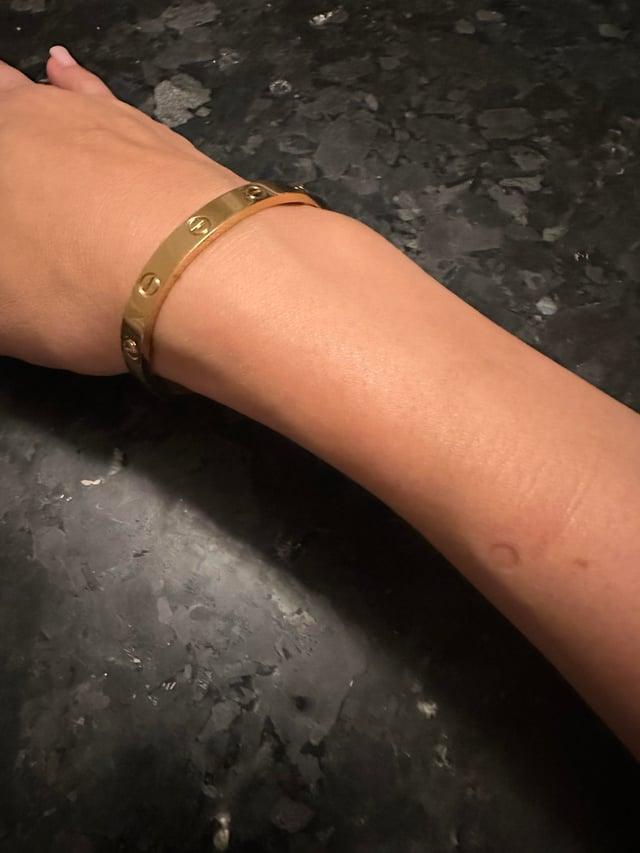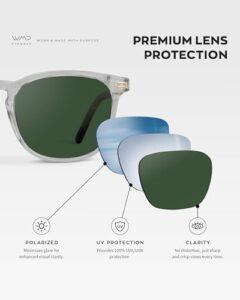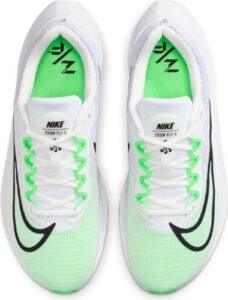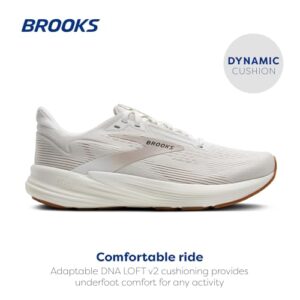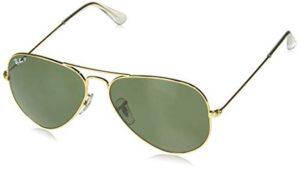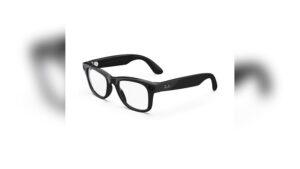Have you ever wondered if your bracelet should fit snugly or hang loose on your wrist? Getting the right fit can change not only how comfortable your bracelet feels but also how stylish it looks.
You might be wearing your bracelet too tight without even realizing it—or maybe it’s sliding around more than it should. You’ll discover the simple secrets to finding the perfect bracelet fit that feels just right for you. Keep reading, because the answer might surprise you and transform the way you wear your favorite accessories.
Bracelet Fit Basics
Understanding how a bracelet should fit is key to comfort and style. The right fit keeps your bracelet secure without feeling tight. It also allows natural movement on your wrist. Choosing the proper fit makes your bracelet look better and last longer.
Why Fit Matters
A bracelet that fits well stays in place all day. It prevents slipping off or pinching your skin. Proper fit also protects the bracelet from damage. Too loose, it can get caught or lost. Too tight, it can cause discomfort or even skin irritation.
Good fit improves how the bracelet looks on your wrist. It sits nicely and moves gently. This balance adds to your overall style and comfort.
Common Fit Styles
There are several ways bracelets can fit. A snug fit means the bracelet rests close to your wrist. It moves a little but stays mostly in place.
A loose fit allows more movement. The bracelet can slide up and down your arm easily. This style is good for chunky or statement pieces.
Some bracelets offer adjustable fits. You can change the size for different looks or comfort levels. This flexibility suits many wrist sizes and styles.

Credit: www.reddit.com
Types Of Bracelets And Fit
Bracelets come in many styles, each with a different way to fit your wrist. The right fit depends on the bracelet type. Some need to be loose, while others fit snugly. Understanding the types helps you choose the best fit for comfort and style.
Bangels And Cuffs
Bangels are hard, round bracelets that do not open. They should slide over your hand easily but not fall off. Cuffs are open on one side and can be adjusted slightly. Both should fit loosely enough to move a little but not slide down your arm.
Chain Bracelets
Chain bracelets have links that wrap around your wrist. They should fit comfortably without pinching the skin. A little space between the chain and wrist allows natural movement. Too loose, and the chain may catch on things.
Beaded Bracelets
Beaded bracelets often use stretchy string or elastic. They fit snugly but should not squeeze your wrist. The beads should rest against your skin without gaps. Stretchy ones adapt to wrist size but avoid ones that feel too tight.
Adjustable Bracelets
Adjustable bracelets have sliders or clasps to change size. You can tighten or loosen them for a perfect fit. They should feel secure but not uncomfortable. Adjust them to sit just above your wrist bone for best comfort.
Signs Of A Proper Fit
Finding the right fit for a bracelet is important for both style and comfort. A bracelet that fits well feels good and stays in place. It should not be too tight or too loose. Here are some signs that show a bracelet fits properly.
Comfort Level
The bracelet should feel comfortable on your wrist. It should not pinch or squeeze your skin. You should be able to wear it all day without feeling pain. Comfort is the first sign of a good fit.
Movement And Security
The bracelet should move a little but not slide too much. It should not fall off when you move your hand. A proper fit keeps the bracelet secure but allows small movements for comfort.
Avoiding Skin Irritation
A bracelet that fits well does not cause redness or marks on your skin. It should not cause itching or rash. Proper fit helps keep your skin healthy and free from irritation.

Credit: www.reddit.com
Expert Tips For Measuring Your Wrist
Getting the right bracelet fit starts with measuring your wrist correctly. This step helps ensure comfort and style. A well-measured wrist size guides your bracelet choice. It prevents the bracelet from being too tight or too loose. Follow these expert tips for an easy, accurate wrist measurement.
Tools You Need
Gather simple tools for wrist measurement. Use a soft measuring tape, like the kind for sewing. If unavailable, a strip of paper or string works well. Also, keep a ruler nearby to measure the paper or string length. These tools help you get a precise wrist size.
Step-by-step Measurement
Wrap the measuring tape or paper around your wrist. Place it just below the wrist bone, where you wear bracelets. Make sure it fits snugly but not tight. Mark the point where the tape or paper overlaps. Measure the length with your ruler if using paper or string. Note this number; it is your wrist size.
Adjusting For Different Bracelet Types
Bracelet styles need slight size changes. For a snug fit, add about 0.5 inch to your wrist measurement. For a loose, relaxed fit, add 1 inch or more. Bangles should be slightly bigger to slide on easily. Adjustable bracelets can fit more sizes, so use your wrist size as a guide.
Common Fit Mistakes To Avoid
Choosing the right bracelet fit matters a lot for comfort and style. Many people make common mistakes with bracelet size. These errors cause discomfort or affect how the bracelet looks. Avoiding these mistakes helps you wear bracelets confidently every day.
Too Tight Issues
Wearing a bracelet too tight can cause skin irritation. It may leave marks or feel uncomfortable after a short time. Tight bracelets restrict wrist movement and blood flow. This can lead to swelling or pain. Tight fits also increase the chance of the bracelet breaking.
Too Loose Problems
Bracelets that are too loose often slip off the wrist. They can get lost easily or hit objects around you. Loose bracelets may slide up and down, making noise or catching on clothes. This fit looks sloppy and less stylish. A loose bracelet does not stay in place well.

Credit: www.reddit.com
Customizing Bracelet Fit
Customizing the fit of a bracelet ensures comfort and style. A well-fitted bracelet looks good and feels right on your wrist. Adjusting the fit can help avoid slipping or tightness. This section covers simple ways to tailor your bracelet for the perfect fit.
Sizing Adjustments
Many bracelets come with adjustable links or bands. You can add or remove links to match your wrist size. Some bracelets have sliding knots or straps to tighten or loosen. These quick changes help fit the bracelet snugly without being too tight.
Using Extenders Or Clasps
Extenders add length to bracelets that feel too tight. They are small chains or bands that attach to the clasp. Extenders create extra room for comfort. Different clasp types, like magnetic or toggle clasps, can also affect fit. Choosing the right clasp can make putting on the bracelet easier.
Professional Resizing Services
Jewelry professionals can resize metal or beaded bracelets. They use tools to add or remove links safely. Professionals ensure the bracelet keeps its shape and strength. This option works well for expensive or delicate pieces. A good fit often requires expert help.
Styling Loose Vs. Snug Bracelets
Choosing between loose and snug bracelets changes how they look and feel. Each style gives a different vibe and suits different occasions. Some prefer bracelets that move freely, while others want them tight and secure. Understanding these styles helps you wear bracelets confidently and comfortably.
Fashion Impact
Loose bracelets create a relaxed and casual look. They catch light and move with your wrist, adding charm and playfulness. Layering loose bracelets can make your outfit more interesting and stylish. Snug bracelets offer a neat and polished appearance. They show off the design clearly and look elegant. A snug fit works well for formal events or when you want a simple style.
Comfort And Practicality
Loose bracelets feel light and breezy on your skin. They allow wrist movement without pressure, which many find comfortable. However, they may slide around or get caught on things. Snug bracelets stay in place and rarely shift. They are safer during activities and less likely to fall off. Some find snug bracelets a bit tight, so choosing the right size is key.
Frequently Asked Questions
Are Bracelets Meant To Fit Snug Or Loose?
Bracelets should fit comfortably, not too tight or loose. A slightly loose fit allows movement without slipping off. It ensures comfort and prevents skin irritation or damage to the bracelet.
How To Measure Wrist For Bracelet Size?
Use a soft measuring tape around your wrist bone. Add 1/4 to 1/2 inch for a comfortable fit. This ensures the bracelet isn’t too tight or too loose.
Can Loose Bracelets Get Lost Easily?
Yes, loose bracelets have a higher risk of slipping off. A proper fit reduces the chance of losing or damaging your bracelet. Always check the fit before wearing.
Why Do Some Bracelets Feel Tight Initially?
New bracelets might feel tight due to stiffness or design. They often loosen slightly with wear and adjustment. If too tight, resizing or choosing a larger size is advisable.
Conclusion
Bracelets should fit comfortably, not too tight or too loose. A good fit lets the bracelet move slightly without slipping off. Too loose feels unsafe, while too tight can cause discomfort. Think about your daily activities when choosing the fit.
Try different sizes to see what feels best on your wrist. Remember, comfort and style go hand in hand. A well-fitting bracelet looks nice and feels good all day long. Choose wisely for a perfect balance between fashion and ease.

Madison Clark is a footwear expert and the voice behind MyStyleGrid.com. She specializes in honest shoe reviews, style tips, and practical guides to help readers find the perfect pair for any occasion. With years of experience in blogging and content creation, Madison makes footwear knowledge simple, stylish, and easy to follow.

